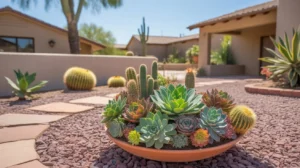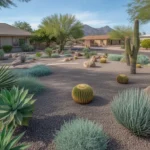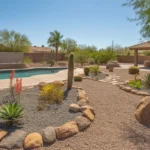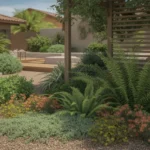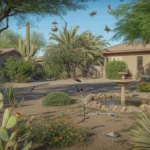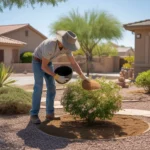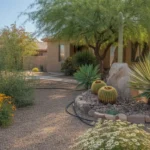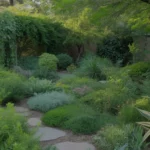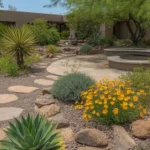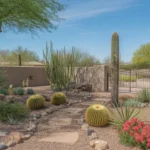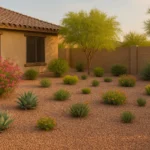Succulents are a popular choice for Gilbert yards thanks to their striking appearance and low-maintenance nature. But while these desert-adapted plants are tough, they still need the right care to look their best. With a few expert tips, you can create succulent displays that elevate your landscaping and thrive in the intense Arizona climate. Here’s what Gilbert pros recommend for succulent success.
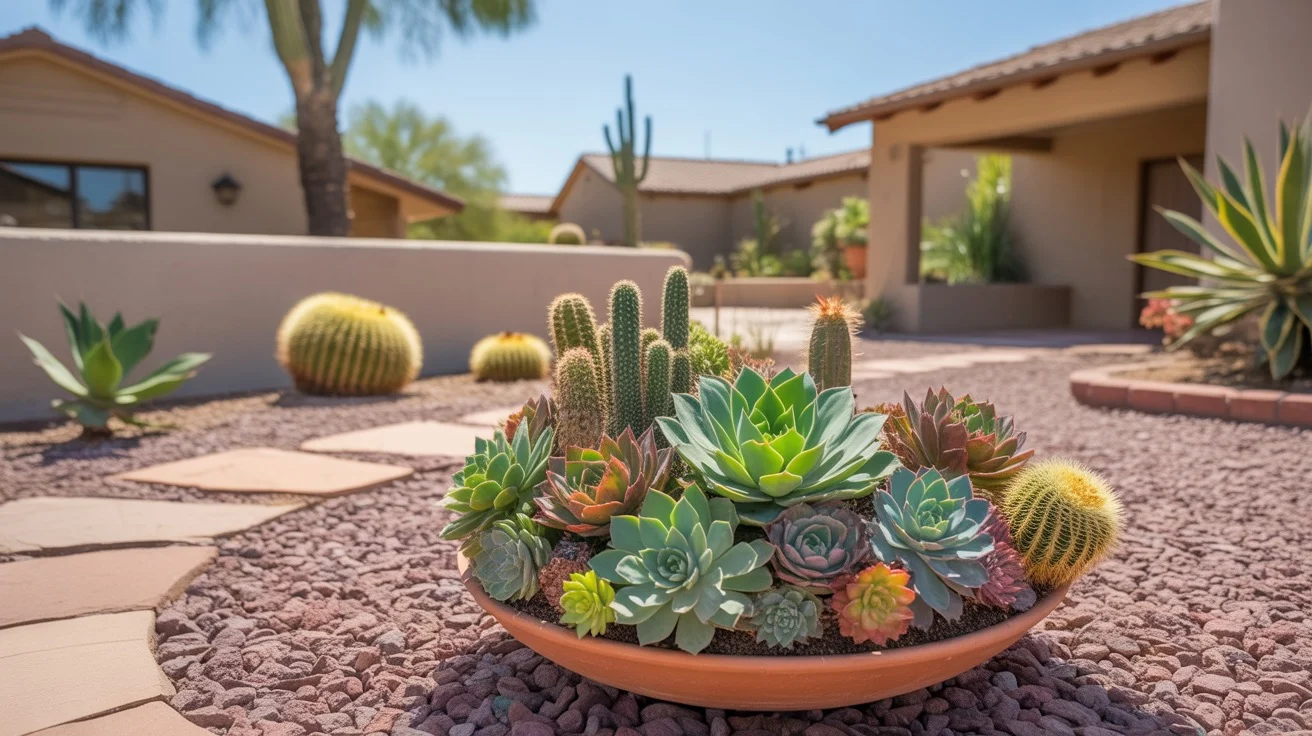
Choose Varieties Well-Suited to Gilbert Conditions
The term “succulent” covers a wide range of plants, from petite living stone species to towering saguaros. To narrow down your options, focus on varieties that can handle Gilbert’s scorching summers and near-freezing winter nights. Some top picks for local yards include:
- Agave
- Aloe
- Echeveria
- Graptopetalum
- Senecio
- Sedum
These genera offer many species that are both cold-hardy and extremely heat tolerant. Avoid succulents that are very sensitive to temperature swings, like aeoniums and some crassulas. When in doubt, check plant tags for the recommended USDA hardiness zone (Gilbert is zone 9b) or consult with knowledgeable staff at a local nursery.
“I always tell Gilbert homeowners to start with native or desert-adapted succulents,” says one area landscaper. “They’ll establish more easily and hold up better to the intense sun and dry air. You can branch out to some of the more exotic varieties later on.”
Give Succulents the Right Light
In their natural habitats, most succulents grow in full, direct sun. But in Gilbert, the summer rays can be too intense for many varieties, causing sunburn. Modulate light levels by choosing locations with bright but lightly filtered sun, especially in the afternoon. Eastern exposures that get gentler morning light are ideal.
If you’re growing succulents in containers, you have more flexibility. Place pots where they’ll get 4-6 hours of direct sun per day, then move them to a shadier spot during peak summer heat. Indoors, choose your sunniest windows for succulents, but keep an eye out for any signs of scorching and adjust accordingly.
Shade-loving succulents like haworthia and gasteria are good choices for lower-light areas. But in general, err on the side of more sun. Succulents that don’t get enough light will etiolate, or stretch out, and lose their compact shape.
Plant in Fast-Draining Soil
Succulents store water in their leaves and stems, so they’re very prone to rot if left in soggy soil. In our heavy clay soils, it’s crucial to improve drainage if you want your succulents to survive.
For in-ground plantings, dig the area out to about a foot deep and mix in coarse sand and gravel to promote drainage. Mound the soil up slightly before planting to keep water from pooling around the roots. In pots, use a cactus/succulent potting mix that contains perlite or pumice for aeration.
Avoid moisture-holding materials like peat moss or coir. “Those are great for most container plants, but they spell death for desert succulents,” cautions one Gilbert gardening expert. “Out here, we want a lean, gritty mix that dries out fast after watering.”
Water Sparingly
Succulents are the camels of the plant world, able to store moisture to get through dry spells. In fact, more succulents are killed by overwatering than by drought. To avoid this, let the soil dry out completely between waterings.
Stick your finger into the soil or pick up the pot to gauge its weight. If the mix still feels moist or the container is heavy, wait a few more days before watering again. When you do water, drench the soil thoroughly so it flows out the drainage holes, then let it dry again.
In summer, this may mean watering small pots 1-2 times per week. For large containers and in-ground plantings, every 10 days to 2 weeks is usually sufficient. In winter, cut back to once a month or less. Succulents go dormant in cool weather and need very little moisture.
Protect from Extreme Elements
While hardy succulents can take the heat, a little protection goes a long way in Gilbert. Shelter your plants from intense afternoon sun using shade sails, patio umbrellas, or taller companion plants. Agaves and cacti make good “nurse plants” for smaller succulents.
In winter, be ready to cover frost-tender varieties if temperatures dip below freezing. Sheets, frost cloth, or even cardboard boxes work well. Move potted succulents to a covered area or garage to wait out cold snaps.
Beware of monsoon season’s heavy rains, which can quickly saturate the soil. Consider moving pots under eaves and covering in-ground succulents with a tarp if downpours are forecast. Good drainage and air circulation are key to avoiding fungal issues.
Feed Lightly and Infrequently
In their native ranges, succulents grow in poor, rocky soils. They don’t need or want heavy fertilizing, which can burn their roots and cause leggy growth. At most, apply a light feeding of balanced, water-soluble fertilizer once in early spring and once in late summer.
Skip the fertilizer entirely if your succulents are growing well. Many do fine with just a light topdressing of worm castings or compost worked into the soil each spring. Remember, lean and mean is the goal for these tough plants.
Design for Maximum Impact
With their sculptural shapes and striking colors, succulents are made for showing off. Incorporate them thoughtfully into your Gilbert yard for head-turning results:
- Mass small succulents in shallow pots, strawberry jars, or wall planters for eye-catching vignettes. Vary textures and colors for interest.
- Pair larger specimens like agaves with boulders or gravel for a naturalistic desert look, as seen in the article “How to Create a Gravel Garden in the Desert”.
- Edge beds and borders with tidy rosettes or trailing varieties. See “Desert-Friendly Garden Borders That Pop” for more ideas.
- Intermingle succulents with native plants for a cohesive, waterwise landscape. “Design Ideas for Native Plants in Gilbert Yards” has great examples.
- Use succulents as no-fuss groundcovers between flagstones or pavers. Learn more in “Gravel or Mulch? Smart Groundcover Swaps Before Summer”.
With their intriguing forms and low-water ways, succulents are a natural fit for Gilbert landscaping. Give them the conditions they crave, and they’ll reward you with head-turning displays that shrug off our toughest weather. Just remember: when in doubt, choose desert-hardy varieties, skip the fertilizer, and err on the dry side. Your succulents will thrive with a little strategic neglect.

